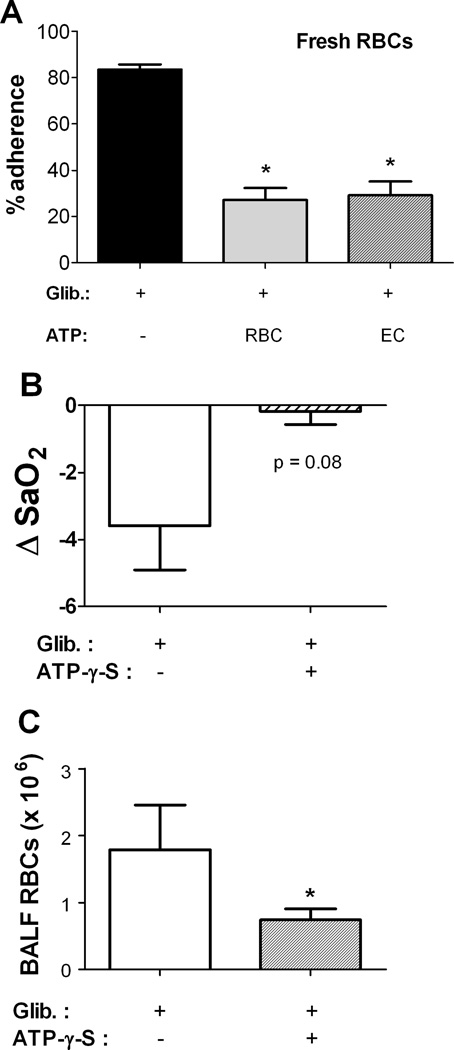Figure 4. (A) Extracellular ATP prevents glibenclamide (GLIB)-induced RBC adhesion to endothelial cells.
Adhesion of GLIB-treated fresh RBCs to HUVECs was measured in the absence or presence of ATP applied extracellularly (final conc. 1 µM). Fresh RBCs incubated with 10 µm GLIB were washed in PBS. Just before adhesion assays, ATP was applied either to the RBC suspension (RBCs + ATP) or to the HUVECs. Results are mean % adhesion (+ SEM) at a shear stress of 2 dyne/cm2 from 3 experiments. * = p<0.05 (differs significantly from adhesion to HUVECs of RBCs treated with GLIB alone). (B–C), Influence of co-infusion of an ATP analog on (B) changes in oxygenation and (C) BALF RBC counts in nude mice transfused with glibenclamide (GLIB)-treated fresh human RBCs. p=0.08 for Con vs. Glib in (A); * indicates p<0.05 for comparison (ANOVA with Tukey’s) with GLIB treatment alone. n=6.

